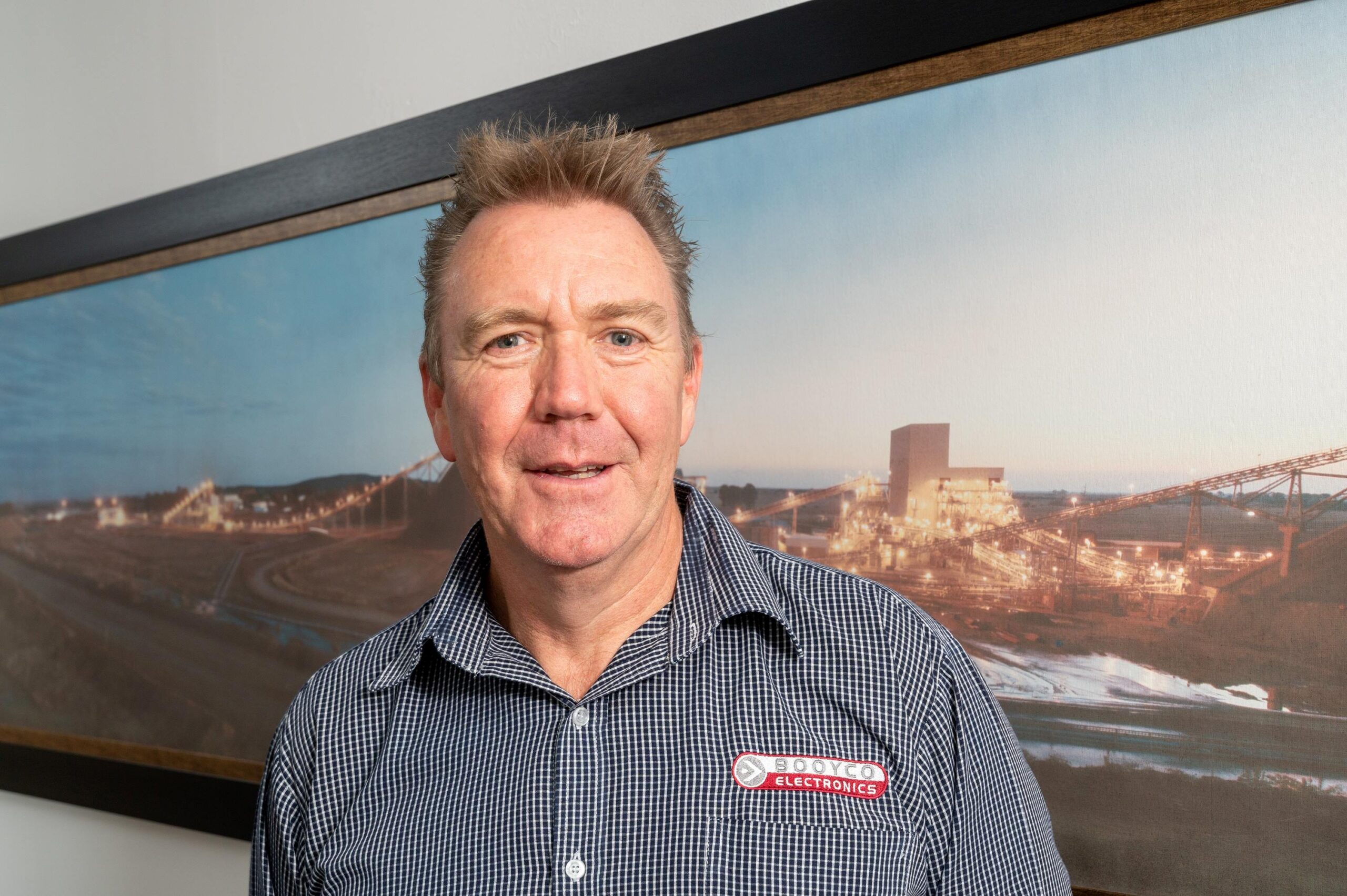As mines realise the power of the ‘digital twin’ to help optimise surface operations, the field of Proximity Detection Systems (PDS) is set to play a central role in this technological journey. Booyco Electronics’ Graeme Jardine explains how the data collected over the years through PDS now provides a valuable pathway to digital twin modelling.
“For many years, our PDS have allowed customers to collect data on the movements of their mobile trackless machinery and their personnel,” says Jardine. “As the mining sector embraces the power of the digital twin approach, the value of this data is further enhanced as it can now be used to virtually model the optimisation options on a surface mine.”
Jardine explains that modelling allows the benefits of any operational improvements on a mine to be evaluated in advance of implementing them. Changes to existing systems and processes can introduce risks and costs, so it is important for mines to pre-test options as far as possible – quantifying their potential benefits in advance.
“Using a digital twin – the virtual equivalent of the machine in the field – mines can model a number of proposed scenarios and choose the one that is optimal for their operation,” he says. To illustrate this point, he uses the example that through heat maps created via Booyco’s Electronics Asset Management System (BEAMS) software suite a scenario depicting haul trucks experiencing excessive standing time waiting to be loaded.
The mine can use digital twin modelling to investigate the detailed implications and costs of diverting some trucks to an added excavator or shovel. By quantifying costs and benefits more accurately, an informed decision can be made, making the best use of the available capital and resources – and positively impacting the bottom line.
For Booyco Electronics customers, their years of collected data through PDS and the Booyco Electronics Asset Management System (BEAMS) software suite, which is a central information hub linking the proximity detection hardware products with monitoring devices, for example, control room environment. positions them well to advance with digital twin technology – as this data can now be used to populate a modelling system.
“The modelling process may require an extended period’s worth of data to be input, before the results can be regarded as representative and meaningful,” says Jardine. This means that they will not have to wait months or years to generate the necessary data from scratch. As a leader in this field since 2006, Booyco Electronics is able to leverage its technology to harness the potential of digital twin modelling.
“We have taken many mines through the process of applying PDS technology, and are now well positioned to walk a similar journey with them towards a digital twin value add,” he says.





